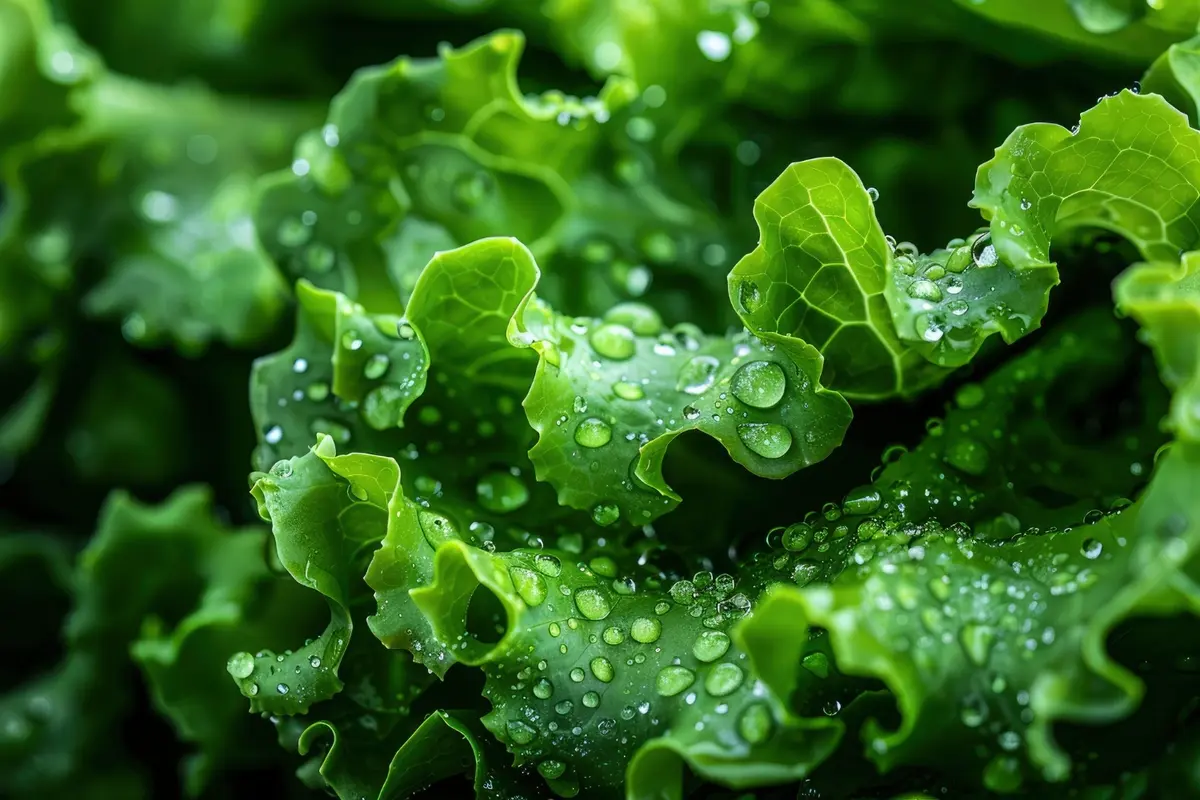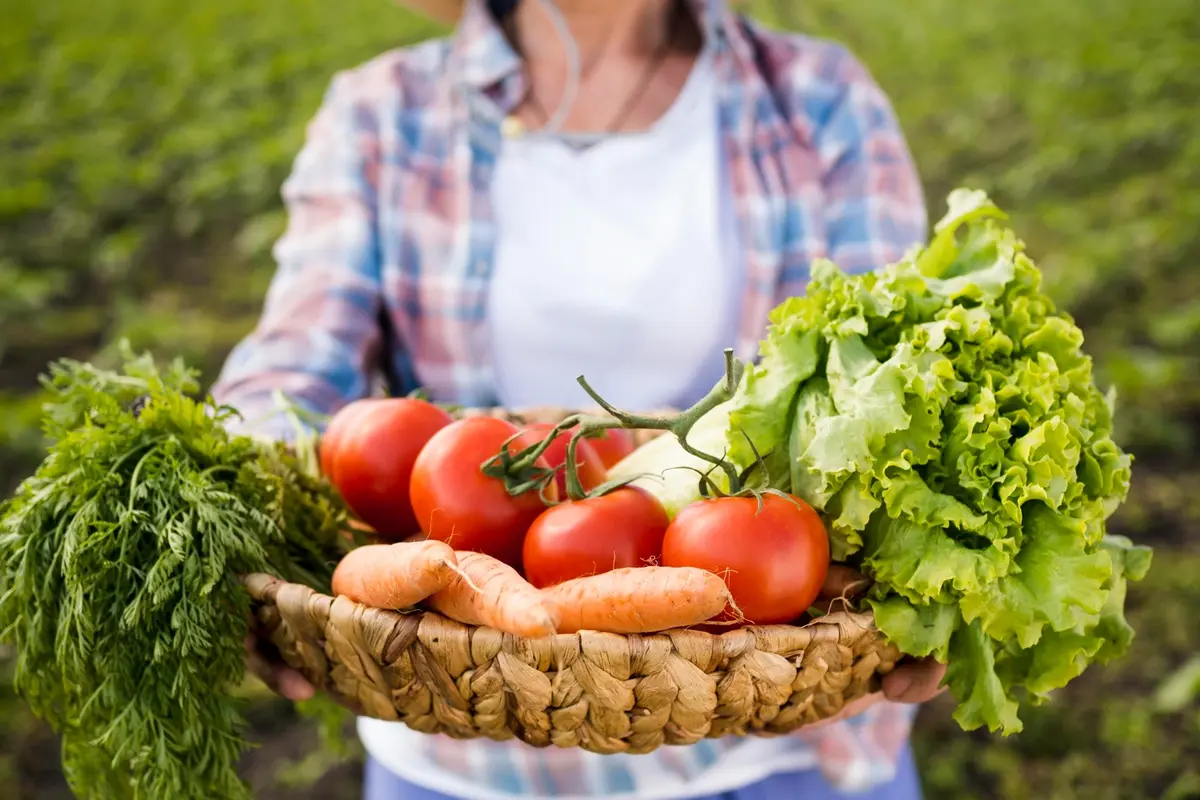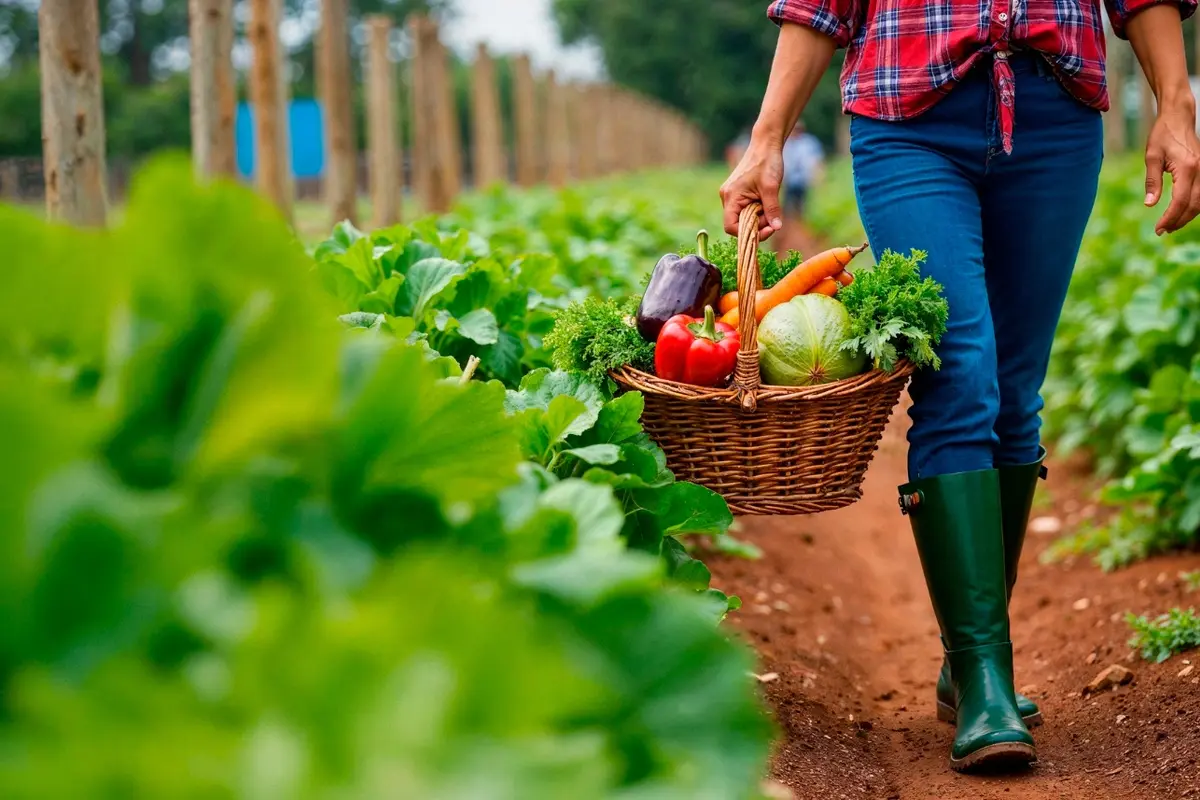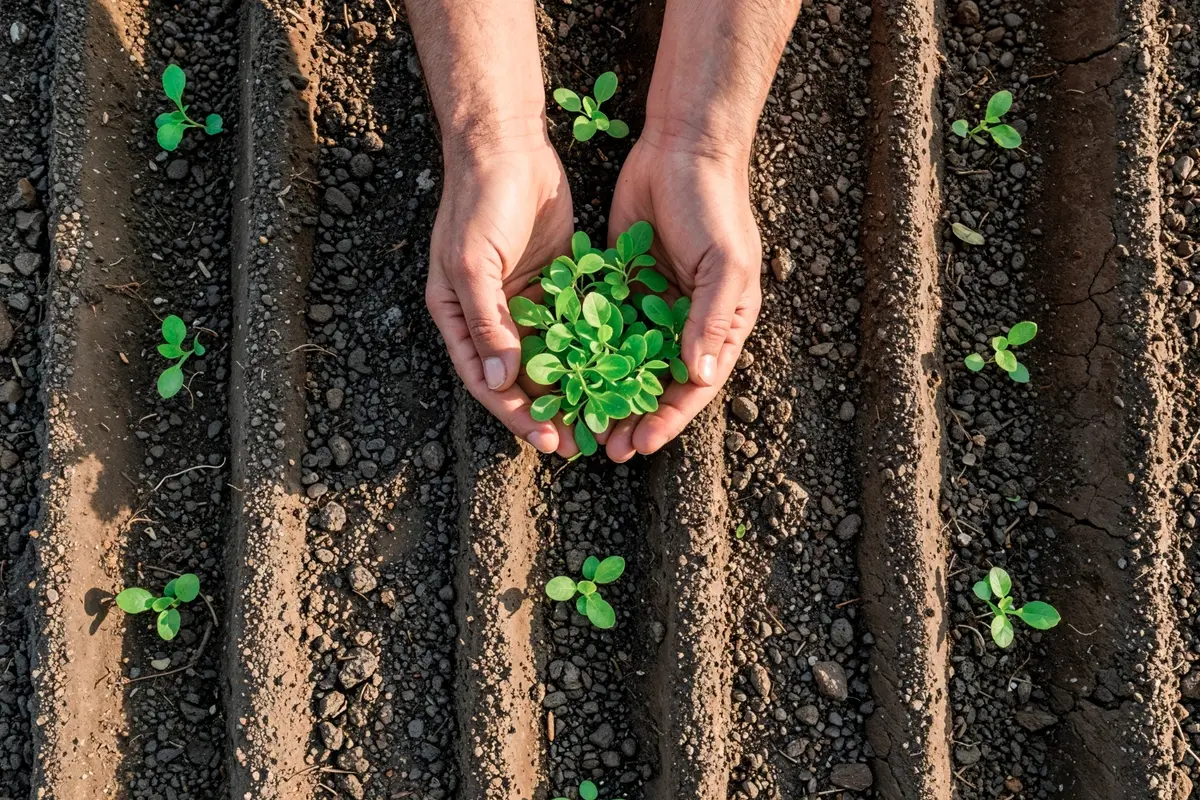Cauliflower is one of the most important winter vegetables, grown for its tender head or curd. It is a delicate crop and needs more care than many other vegetables for successful cultivation. Cauliflower cultivation at home can be a rewarding experience, providing fresh and nutritious produce for your table. Here is a step-by-step process to guide you through cultivating cauliflower in your kitchen garden.
Table of Contents
Cauliflower Cultivation at Home
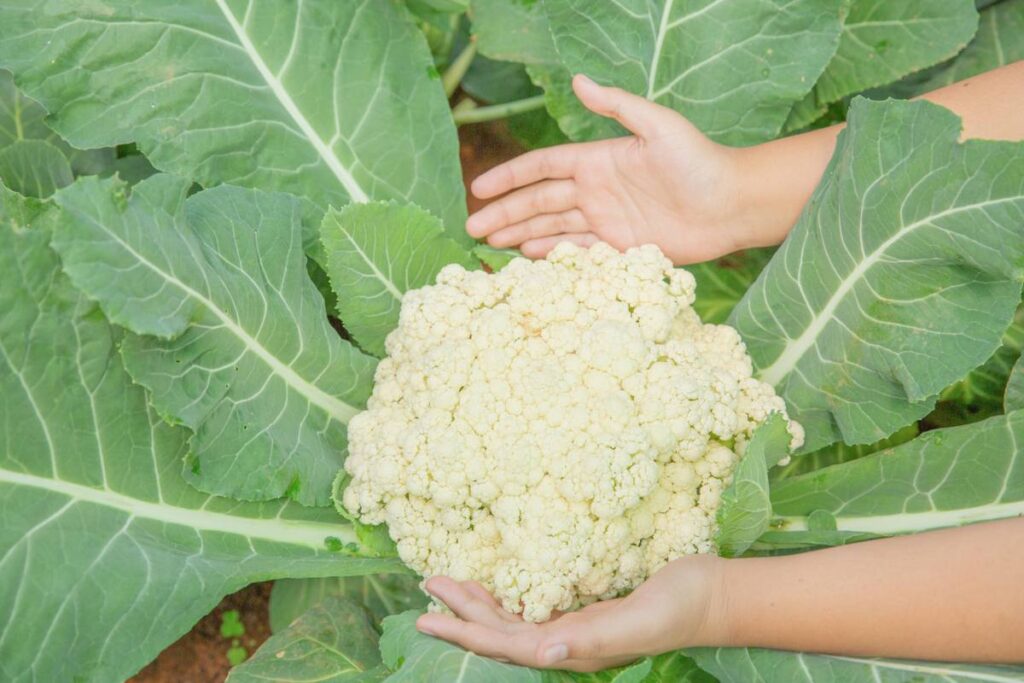
Choosing the Right Time
Cauliflower produces the best curds in a cool, moist climate. However, there are some varieties that withstand a sufficiently high temperature. The ideal temperature range for cauliflower cultivation is between 15°C and 24°C. To ensure a successful harvest, avoiding extreme temperatures is crucial, as excessive heat and frost can negatively impact cauliflower development.
Selecting a Cauliflower Variety
Cauliflower varieties are very responsive to temperature and photoperiod, so you should choose a cauliflower variety suited to your climate and growing conditions. Whether you opt for a traditional white variety or explore colorful options, the key is to align the cauliflower variety with your specific growing environment and preferences.
Preparing the Soil
Cauliflower can be grown on any good soil, but a fairly deep, loamy soil is desirable. The soil should be fertile, well supplied with organic matter, and well drained. The optimum pH of the soil for maximum production should be between 5.5 to 6.5.
Sowing Seeds or Transplanting Seedlings
You can sow seeds in a raised nursery bed or indoors in seed trays. Transplant seedlings in a well-prepared field when they have 4-6 leaves. Also, you can sow seeds directly in well-prepared soil. Plant cauliflower seedlings or seeds in rows, leaving adequate space between plants, generally 18-24 inches apart. Ensure they receive full sun exposure.
Watering
Maintain consistent soil moisture during both the growth and curding phases to maintain even growth and proper development of curd. Cauliflower prefers evenly moist soil, so water regularly, especially during dry spells.
Fertilizing
Cauliflower requires a lot of fertilizing as it removes large quantities of major nutrients from the soil. Use a balanced fertilizer or one high in nitrogen when planting. Side-dress with fertilizer when the plants are about halfway to maturity.
Hilling or Mulching
Consider hill soil around the base of cauliflower plants to provide stability and promote drainage. Also, mulch should be used around the plants with organic materials like straw or polythene to regulate soil temperature, retain moisture, and suppress weeds.
Plant Protection Measures
Cover young cauliflower plants with row covers to deter pests like cabbage worms, cabbage maggots, and diseases like damping off and downy mildew. Inspect the crop regularly for signs of pests and diseases, and take appropriate measures if required.
Blanching the Curds
Blanching the curds in cauliflower cultivation is a crucial step that protects the developing cauliflower head from sunlight. You should tie the outer leaves loosely over the curd to prevent them from turning yellow or green due to sun exposure, maintaining the desired appearance and taste.
Harvesting
Harvest cauliflower heads when they reach a desirable size before they begin to ripen or discolor. Cut the heads cleanly from the stems using a knife or any other suitable gardening tool.
Conclusion
In conclusion, cauliflower cultivation at home requires attention to detail and a commitment to regular care. By following these steps properly, with the right soil mix, proper spacing, consistent watering, and protection from pests, you can successfully grow fresh, nutritious cauliflower in your backyard, balcony, or pots.
FAQs
How long does it take to grow cauliflower?
It largely depends on the variety, growing conditions, and whether you’re starting from seeds or transplanting seedlings. Generally, from the time of planting, cauliflower takes approximately 55 to 100 days to mature.
Can cauliflower be grown in pots?
Yes, cauliflower can be successfully grown in pots or containers. To cultivate cauliflower in pots, choose a large container with a minimum depth of 12 inches to accommodate the plant’s extensive root system and use a well-draining potting mix enriched with organic matter.
How do you make cauliflower grow bigger?
To get bigger cauliflower heads you have to pay attention to various key factors. First, provide ample space between plants during planting to allow for proper air circulation and avoid overcrowding. Also, maintain proper moisture level throughout the growing season by watering regularly. Fertilize the soil with a balanced, nitrogen-rich fertilizer to support healthy plant development. Lastly, select cauliflower varieties known for producing larger heads. By combining these practices, you can enhance the chances of getting bigger cauliflower heads.


